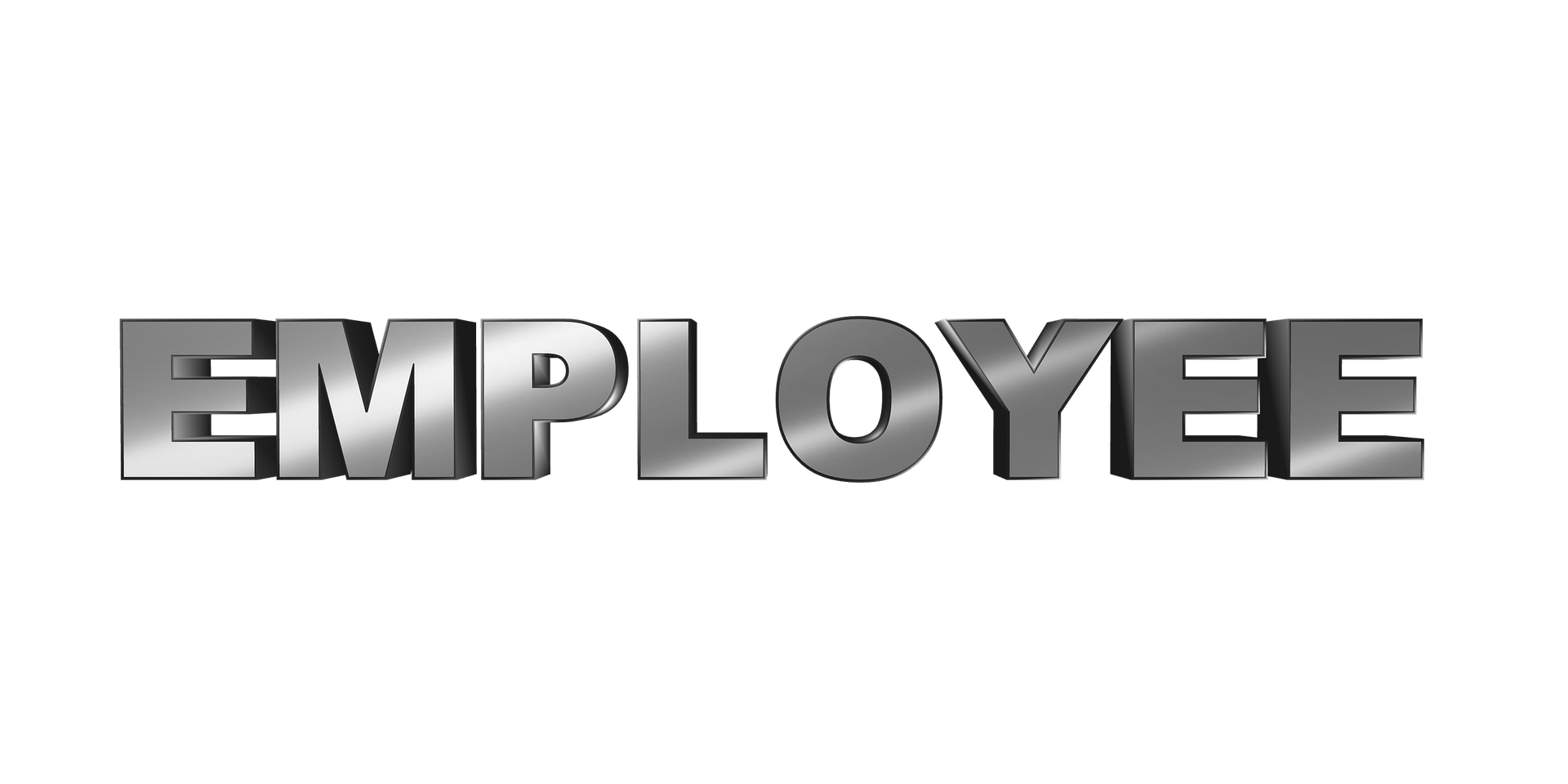Employers That Give Employee’s Benefits are Likely to Have Higher Employee Retention Rates and Greater Employee Loyalty and Productivity.
As important as salary is for most employees, many prefer a lower salary if benefits are included. Employees want an entire package that begins sooner rather than later. With the rising cost of healthcare and the fear of never affording retirement, employees want peace of mind along with their weekly pay.
What Benefits Are Important to Employees?
When asked, most employees want the following benefits as part of their compensation:
- Health Insurance
- An HSA or FSA plan
- Retirement savings plan
- Health incentives, such as walking clubs, gym membership reimbursements, etc.
- Paid Time Off and Sick Days
While these are the most crucial benefits for most employees, some employees would benefit from childcare assistance and flexibility to work from home to care for their children when needed.
How Does Offering Benefits Help Your Bottom Line?
As statistics show, employees will forgo a compensation package with a higher salary in exchange for one with a lower salary and full benefits. Why does this matter to you as an employer?
There are a lot of job seekers in the market for a new opportunity. However, there are not a lot of quality job seekers that would be a good fit for your company. Therefore, you must remain competitive.
The best way to remain competitive is to offer comparable benefits to employees starting within 30 to 90 days of hire. Employees are 78% more likely to stay with an employer who offers helpful benefits as discussed above.
Not only are employees more likely to stay, but they are also more likely to produce better quality work to remain employed. Employees know they can get paid at any job. However, they cannot receive benefits anywhere. They will work harder to keep the benefits they have, rather than have to find a new job.
Are Benefits Worth the Cost?
Many employers often complain about the cost of health insurance and retirement savings plans. However, take a moment to calculate the cost of hiring a new employee, firing an employee, training an employee, and correcting employee mistakes due to lack of loyalty.
Typically, the cost to hire a new employee is over $4,000. This includes the time it takes to review resumes, interview, and complete the proper protocol and paperwork required for payroll. Add the cost of onboarding and training a new employee and you have now spent over $5,300 on one new employee.
In addition to the cost to hire and onboard a new employee, the average time a position remains open is 52 days. That is 52 days of other employees working overtime to compensate for the lack of employees. That is 52 days of overworking other employees who may leave as well, especially without the lack of benefits.
Instead, you can implement a benefits structure for employees. You will save the cost of onboarding, hiring, and overworking employees. You will save the cost of lack of loyalty and retention which occurs when you deny coveted benefits for your employees.
To learn more about retaining employees with cost-effective benefits, contact the experts at Fusion Employer Services at 1-866-FES-4978.






